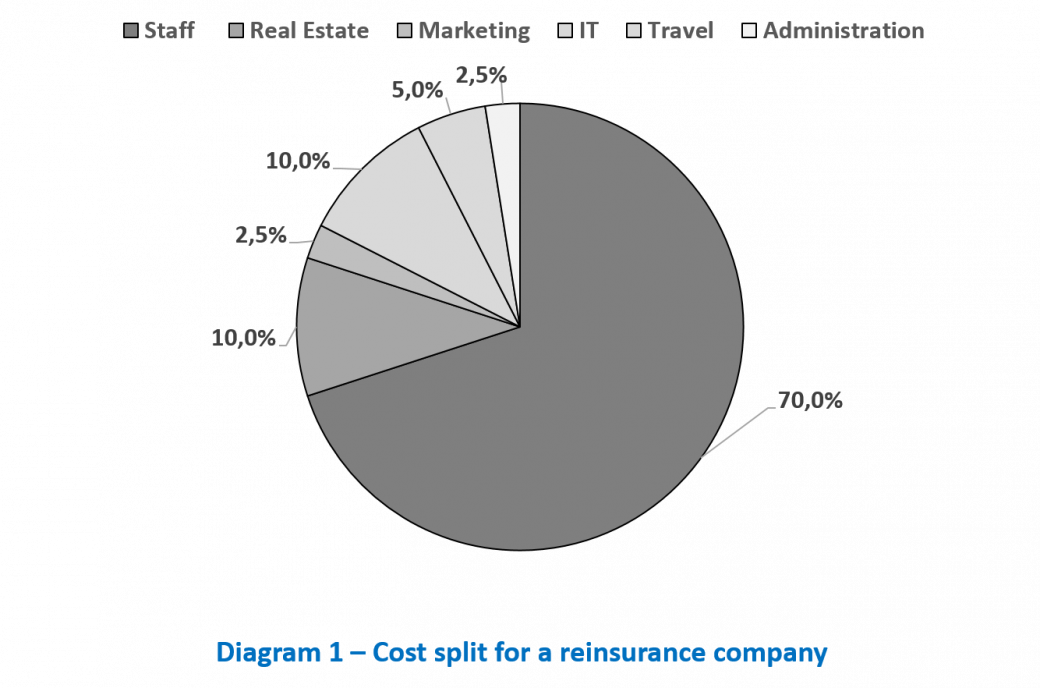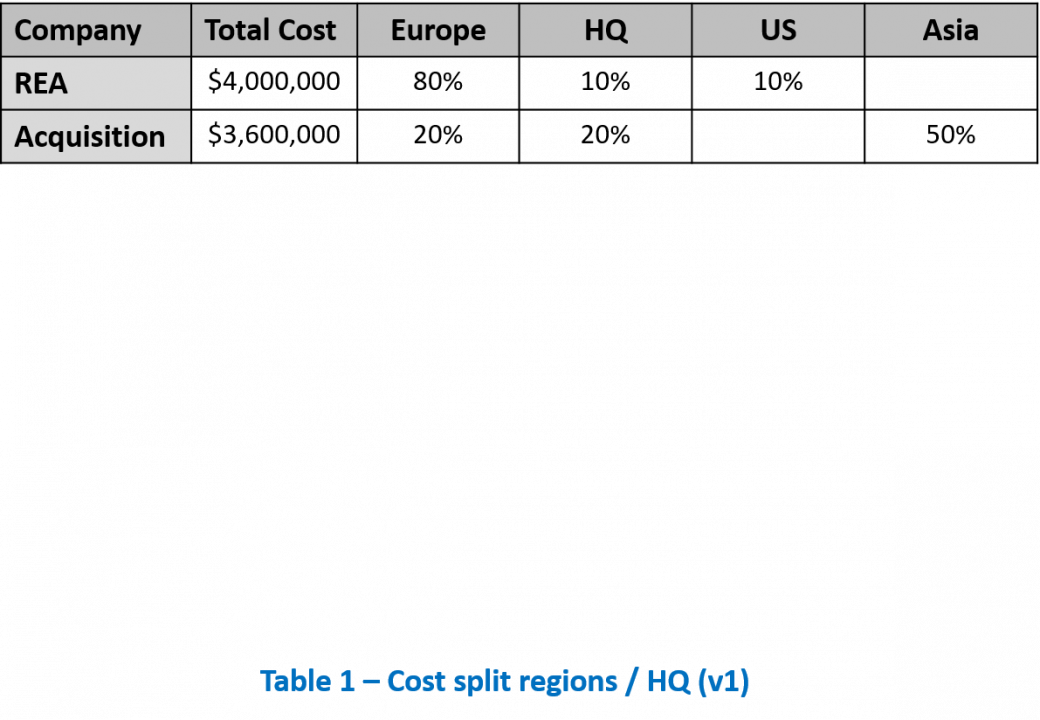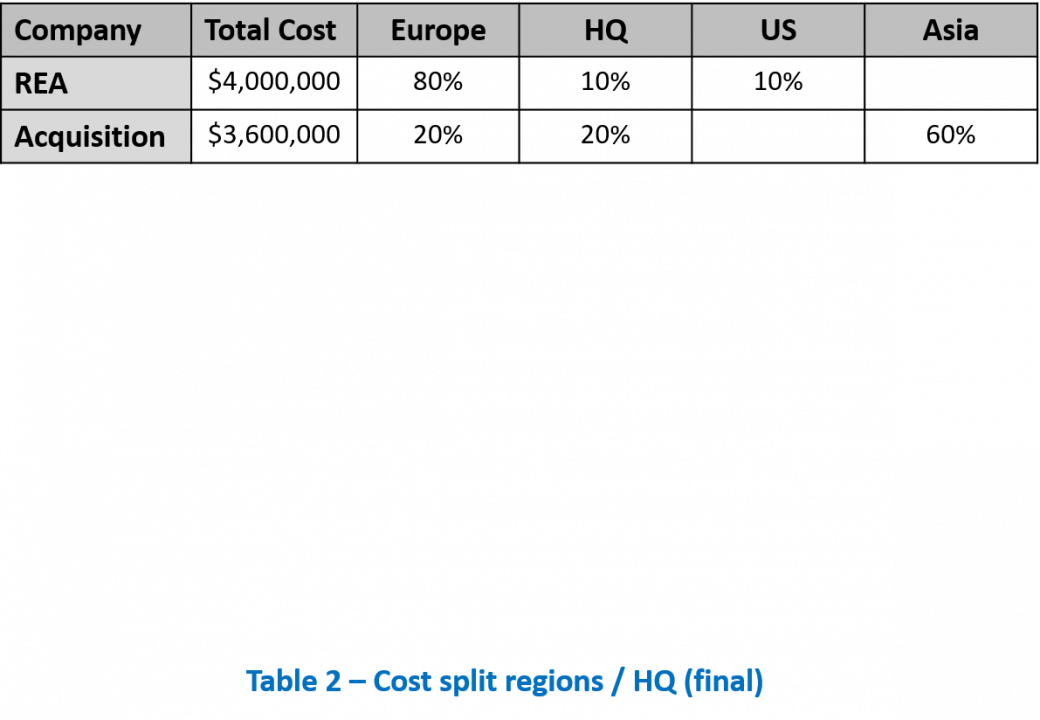REA Reinsurance
12.7k
Times solved
Advanced
Difficulty
Your client, REA, is a reinsurance company.
REA recently acquired another reinsurance company (approximatively same size): the choice of this company was notably based on its product portfolio as well as its market presence which appeared complement with REA.
However, the acquisition is not well received by the market. The acquisition price is considered too high and the transaction has not been well graded. REA management asks you to evaluate the transaction.
Case Comments
I. What is reinsurance?
II. If asked by a key player in the market, how would you describe the transaction?
III. What benefits could REA expect from the transaction?
IV. Which cost related synergies could this transaction allow?
V. How much could our client benefit from costs synergies?
12.7k
Times solved
Advanced
Difficulty
Do you have questions on this case? Ask our community!








